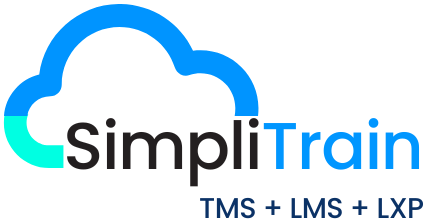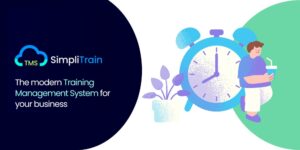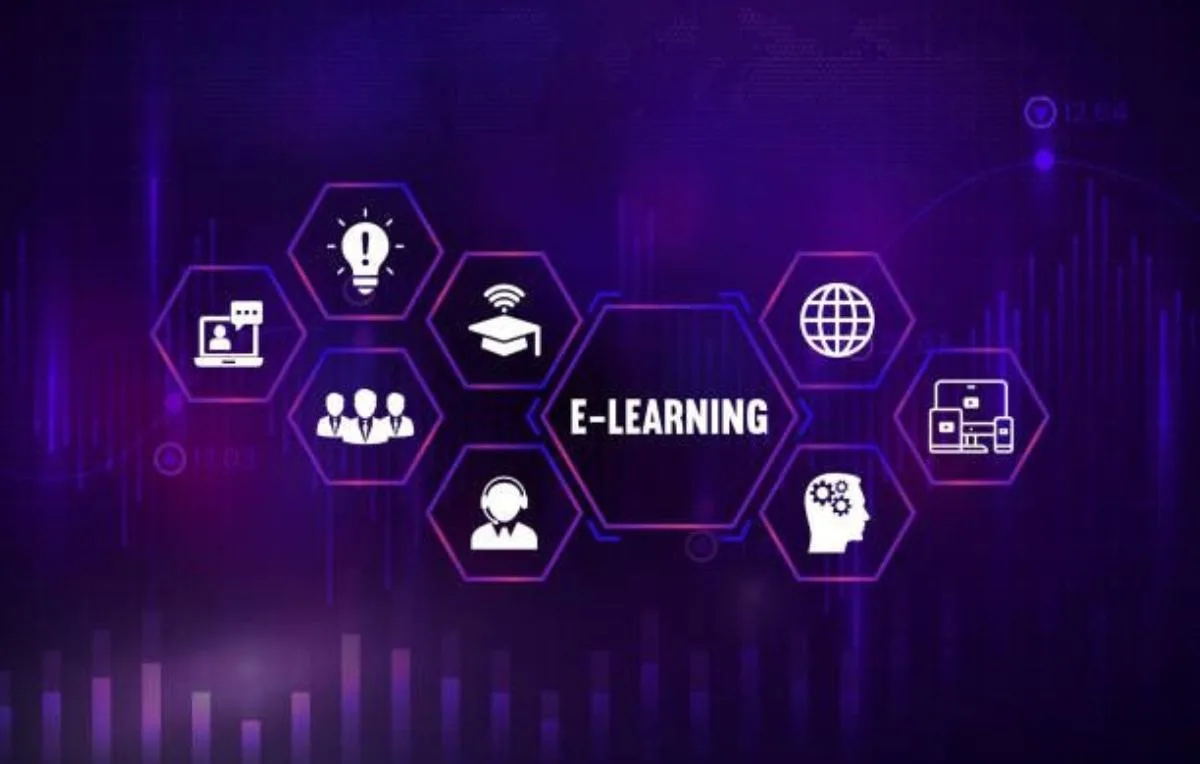Understanding ISO and GMP Compliance
Manufacturing companies operate in a highly regulated environment where adherence to ISO (International Organization for Standardization) and GMP (Good Manufacturing Practices) compliance is essential. These standards ensure product quality, safety, and regulatory compliance, reducing the risk of costly recalls, legal penalties, and reputational damage.
Effective ISO and GMP compliance training is a cornerstone of manufacturing success. It empowers employees with the knowledge and skills necessary to:
✔ Meet regulatory requirements and industry best practices
✔ Maintain product integrity and safety standards
✔ Reduce compliance violations and operational risks
✔ Enhance efficiency, consistency, and workforce competency
In today’s evolving regulatory landscape, ensuring workforce compliance is not optional—it’s a necessity.
Understanding ISO and GMP Compliance
Manufacturing companies operate in a highly regulated environment where adherence to ISO (International Organization for Standardization) and GMP (Good Manufacturing Practices) compliance is essential. These standards ensure product quality, safety, and regulatory compliance, reducing the risk of costly recalls, legal penalties, and reputational damage.
Effective ISO and GMP compliance training is a cornerstone of manufacturing success. It empowers employees with the knowledge and skills necessary to:
✔ Meet regulatory requirements and industry best practices
✔ Maintain product integrity and safety standards
✔ Reduce compliance violations and operational risks
✔ Enhance efficiency, consistency, and workforce competency
In today’s evolving regulatory landscape, ensuring workforce compliance is not optional—it’s a necessity.
Best Practices for ISO and GMP Compliance Training
To build an effective ISO and GMP compliance training program, organizations must implement structured, role-specific, and technology-driven learning solutions.
- Develop a Comprehensive Training Program
Compliance training should be structured, systematic, and continuously updated to reflect:
✔ ISO 9001, ISO 13485, and ISO 14001 standards for quality and environmental management
✔ GMP guidelines specific to food, pharmaceuticals, and medical devices
✔ Proper documentation, risk management, and corrective actions
Employees must understand not just the regulations but their real-world applications.
- Utilize an LMS for Compliance Training
A Learning Management System (LMS) tailored for manufacturing ensures that compliance training is:
✔ Accessible anytime, anywhere, reducing scheduling challenges
✔ Automated with real-time tracking, making audit readiness seamless
✔ Customizable to role-specific learning paths
✔ Equipped with interactive content, improving knowledge retention
A cloud-based LMS like SimpliTrain simplifies training delivery, tracking, and reporting, ensuring regulatory compliance with minimal administrative effort.
- Implement Role-Based Training Modules
Customizing content based on job roles ensures relevance and effectiveness.
✔ Production Operators – Focus on GMP guidelines, hygiene, and process validation.
✔ Quality Control Teams – Training on testing protocols, batch records, and deviation management.
✔ Supervisors & Managers – Learn audit preparation, documentation standards, and corrective action processes.
This targeted approach minimizes training fatigue and ensures employees receive only the most relevant content for their responsibilities.
- Focus on Documentation and Record-Keeping
Regulatory agencies demand accurate records as part of compliance audits. Employees must be trained on:
✔ Batch tracking and traceability protocols
✔ Good Documentation Practices (GDP) for error-free record-keeping
✔ Audit preparation and response strategies
Proper documentation is the foundation of regulatory approval and operational transparency.
- Conduct Regular Assessments and Mock Audits
Continuous assessments and internal audits help manufacturing teams:
✔ Identify compliance gaps before external inspections
✔ Reinforce learning through case studies and scenario-based training
✔ Ensure employees stay updated on changing regulations
Regular mock audits simulate real inspection environments, preparing teams to handle regulatory scrutiny with confidence.
- Incorporate Interactive and Hands-On Learning
Traditional lecture-based training is no longer enough. Engaging, scenario-based learning enhances knowledge retention and application.
✔ Virtual training and augmented reality (AR) modules simulate real-world manufacturing environments.
✔ Gamification techniques (badges, leaderboards, quizzes) boost engagement.
✔ Hands-on workshops and real-case demonstrations improve on-the-job compliance application.
Interactive learning bridges the gap between theory and practice, ensuring compliance principles become second nature.
- Provide Continuous Training and Refresher Courses
Regulations change frequently, and manufacturing workflows evolve. Ongoing training ensures employees remain up-to-date and audit-ready.
✔ Annual refresher courses keep employees aligned with the latest standards.
✔ Adaptive learning paths adjust training based on compliance trends and risk areas.
✔ AI-driven course recommendations help employees fill knowledge gaps proactively.
A culture of continuous learning ensures long-term compliance success.
Common Challenges in ISO and GMP Compliance Training
Many organizations struggle with:
🔹 Keeping up with evolving regulations – Frequent policy updates require continuous training updates.
🔹 Ensuring employee engagement – Compliance training is often viewed as tedious.
🔹 Managing documentation and audit preparation – Maintaining accurate training records for audits is complex.
🔹 Aligning training with manufacturing workflows – Training should not disrupt operations but enhance them.
By addressing these challenges, companies can transform compliance training from a burden into a strategic advantage.
Common Challenges in ISO and GMP Compliance Training
Many organizations struggle with:
🔹 Keeping up with evolving regulations – Frequent policy updates require continuous training updates.
🔹 Ensuring employee engagement – Compliance training is often viewed as tedious.
🔹 Managing documentation and audit preparation – Maintaining accurate training records for audits is complex.
🔹 Aligning training with manufacturing workflows – Training should not disrupt operations but enhance them.
By addressing these challenges, companies can transform compliance training from a burden into a strategic advantage.
Why SimpliTrain is the Best LMS for ISO and GMP Compliance Training
Manufacturing companies need an LMS that simplifies compliance, not complicates it.
✅ Automated compliance tracking – Ensures real-time training progress monitoring.
✅ Role-based learning paths – Tailored training for each department.
✅ Interactive modules and simulations – Enhances engagement and application.
✅ Real-time reporting and audit readiness tools – Saves time during inspections.
With SimpliTrain, manufacturers can achieve:
✔ Faster compliance certification
✔ Fewer compliance violations
✔ Improved workforce readiness for audits
Final Thoughts
Effective ISO and GMP compliance training is essential for maintaining quality, safety, and regulatory adherence in manufacturing. By following best practices and leveraging an LMS like SimpliTrain, manufacturers can:
✔ Enhance compliance readiness
✔ Improve product quality and operational efficiency
✔ Create a culture of accountability and risk awareness
Ready to future-proof your compliance training? Contact Us today!









